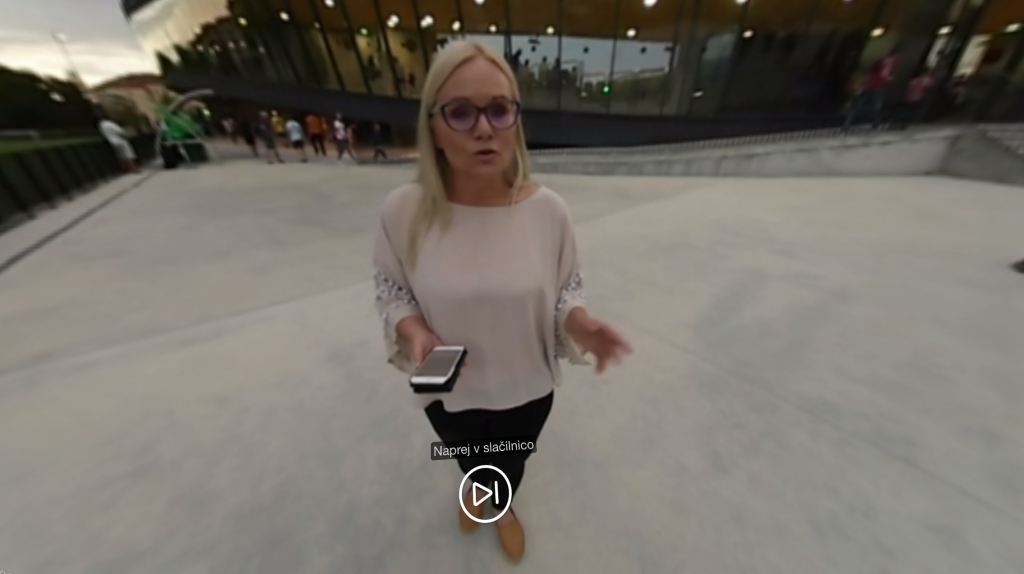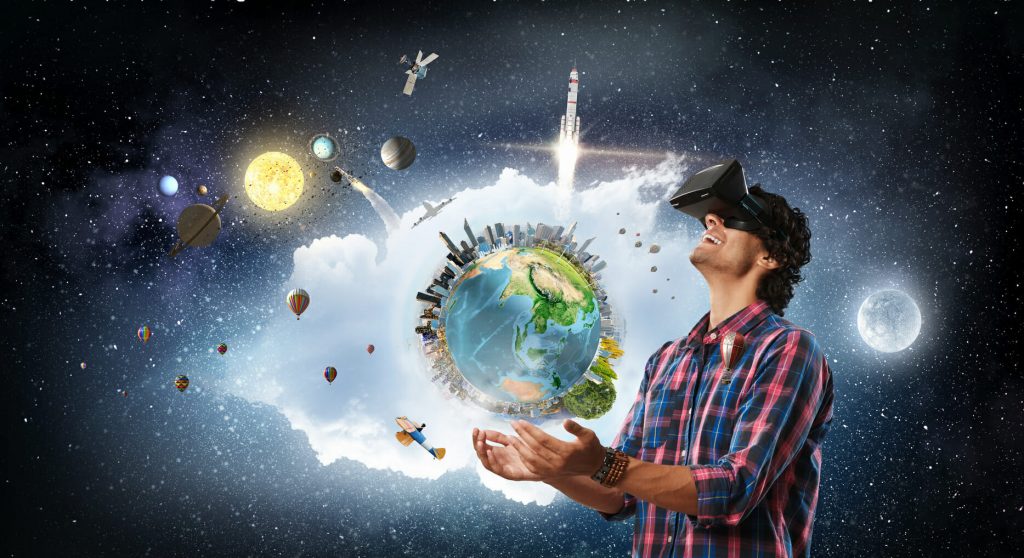Delivering a story and bringing a reader or viewer inside of it has always been a storyteller’s or reporter’s role. With immersive technologies, the storyteller is breaching the fourth wall. With that, it opens a new set of narrative opportunities. It opens up the door for immersive journalism.
A journalistic form on how the content is presented carries the same importance. Finding new forms was a constant search and being in times where VR has already settled down with the big house media companies. By now CNN, The New York Times, Huffington Post, and others have their own 360˚ and VR departments.
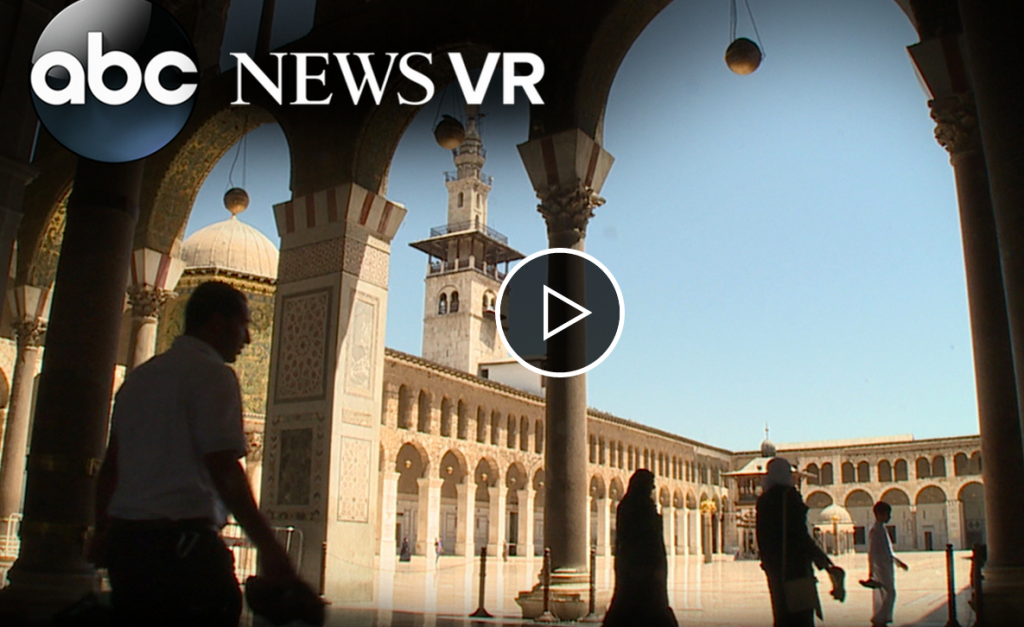
For a storyteller to tell the story based on the factual events, she needs to know all the details inside and out of that particular case. Edward Humes, Pulitzer Prize-winning reporter said: “Interviews are essential and documents can be invaluable, but there is nothing like being present for the events you’re writing about or, at the very least, becoming intimately familiar with the world and culture that your characters inhabit”.
Presence
This element of presence is something storytellers and journalistic strive to convey to their audience. The word itself: immersion conveys the situation of being inside another reality. Being inside the story, either as an observer or a participant delivers that emotional oomph that other journalistic forms tried to achieve. In literary journalism, this “immersiveness” is achieved as an act of imagination of the reader. In virtual and augmented reality takes away those imaginary discrepancies and tailors the story in a way a storyteller wants to tell it.
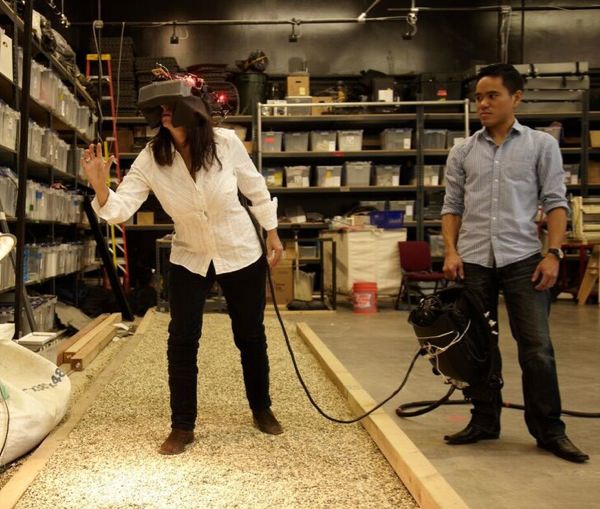
Driving factors in immersive journalism
Empathy, understanding, and being placed in locations you don’t usually have access to, are the main reasons to use immersive journalism.
Most of the viewers don’t react to tragedies that happen around the world. If the calamities are not associated with them this news quickly dissolves to background noise.
There are earthquakes in Japan, draught in desert territories, and shortage of food in third world countries. We can read about these issues, or even watch a TV report and it won’t move us as much as if we would see the tragedies in the immersive environment.
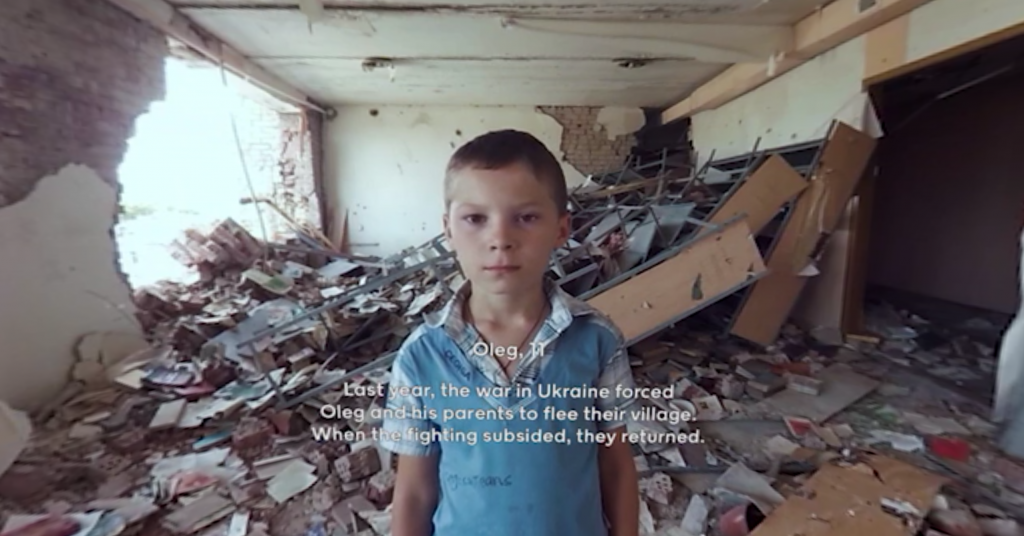
The short documentary “The Displaced” showed a story of refugee children fleeing from their homes. Being placed in refugee camps and desolate villages with these children telling their stories will provoke a higher emotional reaction than any other medium so far.
RYOT COO, Molly Swenson described the content story about a wrongfully convicted man who was put in solitary confinement for a year.
“He’s narrating this experience, you’re in a headset, you’re looking around and he goes, ‘In 15 seconds, you’re going to be able to take off this headset and return to a normal life, but that’s not the case for 80,000 Americans who are in solitary confinement today,'” Swenson said. “Everyone has this moment of being like ‘Oh, my God, what if I couldn’t take off this headset and this is my reality?'”
Everyone who watched the experience made in co-operation with the American Civil Liberties Union signed the petition from the ACLU to stop the practice.
Access to restricted locations
Slovenian radio-television journalists Matej Praprotnik and Matjaz Celic filmed areas in Planica Valley – one of the most known places for competitive ski jumping. They captured the areas that are available to press and competitors in 360-degree immersive environment. Using Viar360 tools they offered the viewers to pick and choose places to visits using hotspots.
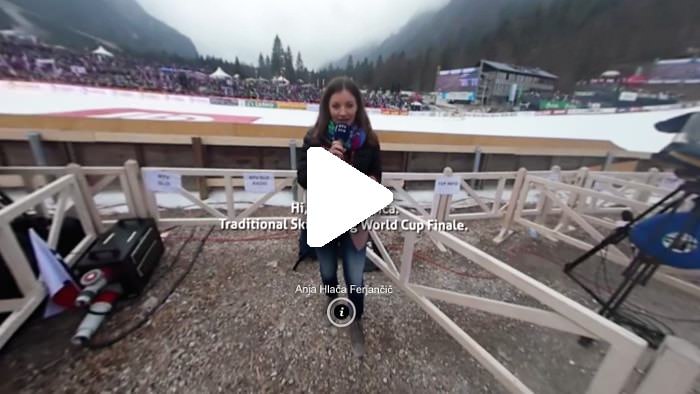
The main drawback of using virtual reality among journalists is the fear before the VR technology itself. Since journalists always have to catch deadlines and deliver the work, it’s easy to just do it in the same way as they have always done it.
Luckily the technology is making it simple to start covering and producing quality reporting news with already available tools and software.
Sources
Going Beyond the Classic News Narrative Convention: The Background to and Challenges of Immersion in Journalism – http://www.techrepublic.com/article/immersive-journalism-what-virtual-reality-means-for-the-future-of-storytelling-and-empathy-casting/
Immersive journalism: What virtual reality means for the future of storytelling and empathy-casting – http://journal.frontiersin.org/article/10.3389/fdigh.2017.00010/full


